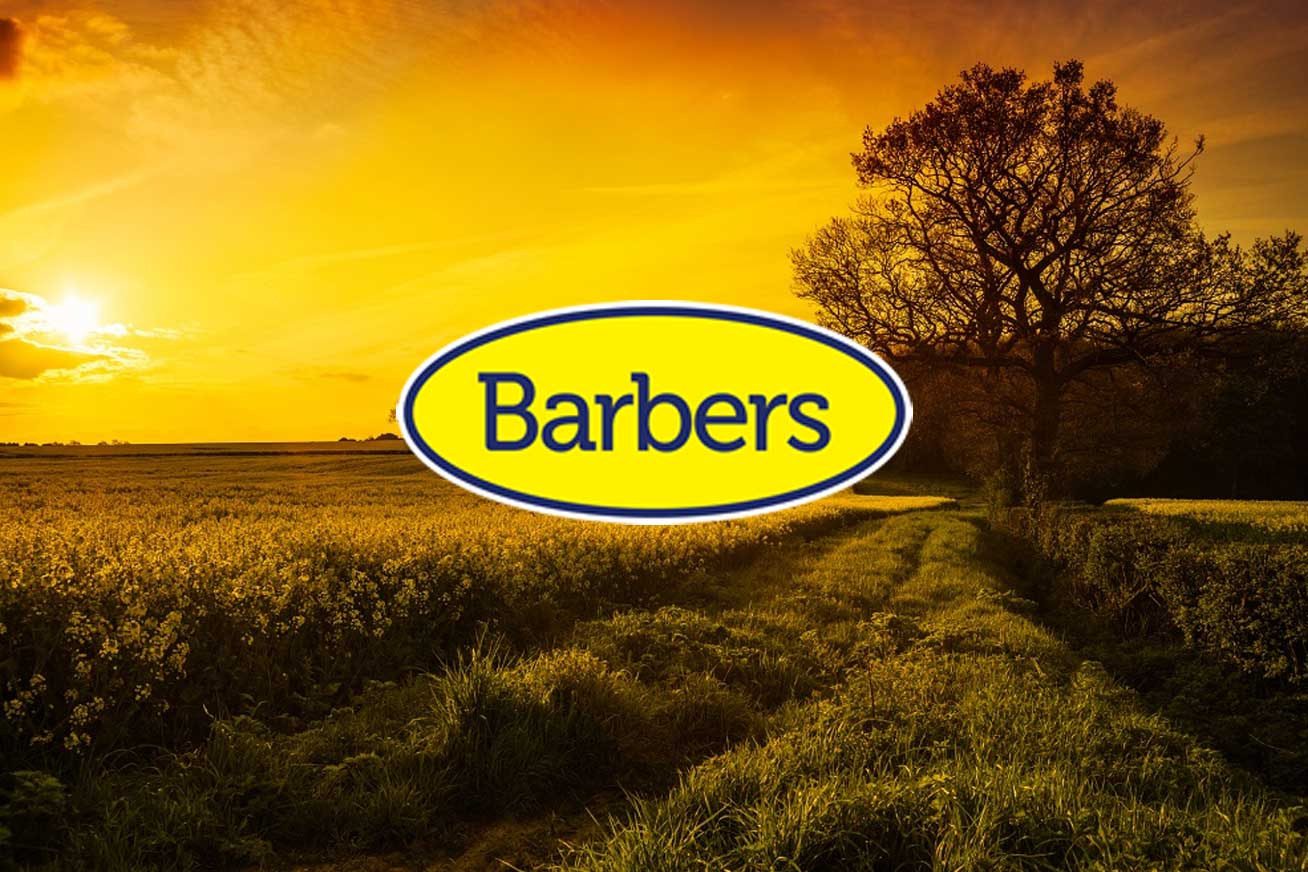Landlords and tenants are now able to access a new lending fund to improve the energy efficiency of their homes and properties. Secretary of State for Energy and Climate Change, Ed Davey MP, has confirmed the extension of Green Deal financing to the private rented sector in England, Wales and Scotland
Being able to take out a Green Deal Payment Plan can help landlords bring the energy efficiency of their properties in line with the forth coming EU requirements. EU law will require landlords to make their properties rate E or higher on Energy Performance Certificates by 2018.
Tenants will have the right to request improvements to their properties from 2016 . Some 390,000 private rented homes have energy standards in band F and G, according to the new English Housing Survey published this February.
Commenting on the extension of the Green Deal Finance Company (GDFC) Funding package to the private rented sector, Mark Bayley, Chief Executive of the GDFC, said: “Britain is moving towards a rental culture. Landlords and tenants now have a change to make homes more energy efficient for minimal upfront cost. A Green Deal Payment Plan offers the chance for both to work together to improve their properties and homes: the landlord will be able to improve the EPC of their property and the tenant will be protected from rising energy prices through new home improvements.”
Mark Bayley went on to add: “Green Deal Payment Plans are a win win for tenant and landlords who want the same thing: a more energy efficient property and protection against rising energy prices. The void that sometimes occurs between old and new tenants is a perfect time to carry out these improvements”.
The extension of the Green Deal to the private rented sector has been welcomed by the National Landlords Association and the Residential Landlords Association. But tenants will have to agree to any Green Deal Payment Plans on the property they rent through considerable consumer protection built into the scheme.
Richard Lambert, Chief Executive Officer at the national Landlords Association (NLA) said: “We are relieved that the legislative changes needed to overcome the obstacle which has blocked the progress of obtaining Green Deal Finance are finally in place.
“ As the UK’s foremost landlord association, we recognise the importance of tackling the energy efficiency of the UK’s housing stock, so we fully support the Green Deal. It is the first energy efficiency scheme to have been designed with an understanding of the private-rented sector, and it offers a way for landlords to make their properties into warmer homes for their tenants for little or no upfront cost. “The Government has made clear that there will be consequences for those who do not voluntarily improve the energy efficiency of their private rented properties by 2018 and we encourage all landlords to think about how they may benefit from a Green Deal Payment Plan as soon as possible. “ The NLA is communicating directly with those landlord clients who’ve experienced delays in their applications to the NLA’s own Green Deal service as a result of the developments over the past year and we thank them for their patience. Our priority and commitment now will be to address those applications as soon as possible and we hope to re-open our service to new applicants later in the year.”
The Residential Landlords Association (RLA) gave a more cautious welcome to the news. Alan War, Chairman of the RLA, said: “ Because of confusion and uncertainty, about landlords’ status under the Consumer Credit Act, landlords were unable to get Green Deal. This has now been accepted by the Department of Energy and Climate Change and an amendment is going through so that the landlord – not the tenant – is the Green Deal customer. “Landlords should begin to look at their properties with a view to using Green Deal. However the Government has yet to decide how to use the £30m of promised incentives. These will be trialled shortly and until we can know where these “grants” will be used, landlords should wait-and-see.”
The RLA has been involved in lobbying the Government over the Green Deal and is also calling for landlords to be offered better tax breaks to incentivise energy efficiency improvements. Alan Ward commented, “RLA energy adviser Dave Princep chairs the DECC committee ‘Maximising Energy Performance in the PRS’ – so we have been at the heart of Green Deal from its inception. We have always argued that landlords should have the alternative of a larger LESA – Landlords Energy Saving (tax) Allowance.”
A Green Deal Payment Plan is a loan, but not like any other. Unlike many high street lenders, the GDFC does not give each consumer a different APR for the same loan. Rates are universal and fixed and competitive at 6.96% interest with fixed charges , and over long periods of time for up to 25 years. High street lenders can advertise lower APR’s because current advertising and credit marketing regulations mean that the best headline rates need only be available to 51% of successful applicants. GDFC’s rates are available to 100% of successful applicants and an estimated 83% of the adult population. The Green Deal is governed by the ‘Golden Rule’ which means that the repayments by the electricity bill payer should be less than or equal to the typical savings made by reducing energy usage. Tenants will be much better protected against rising utility bills because of the energy efficiency improvements to their homes or flat and the home will also be more comfortable.
FIVE THINGS LANDLORDS NEED TO KNOW
1) The electricity bill payer makes the Green Deal repayments. Green Deal repayments are part of the electricity bill for the property. The person responsible for paying the electricity bill – usually the tenant – is responsible for making repayments for improvements. If a bill payer defaults on their electricity bill, you will not be held liable – the electricity company will use their normal collection processed.
2) You need tenants’ permission before you take out a Green Deal. Where the tenant is the electricity bill payer, they will need to make repayments for the Green Deal on their electricity bill. So you will need their expenses permission before taking out a Green Deal at the property.
3) Your tenant needs your permission before taking out a Green Deal. If your tenant wished to take out a Green Deal Plan, they will first need your agreement to both the improvements and the financial aspects of the plan, like the amount of the repayments and how long repayments need to be paid for.
4) All improvements are quality assured. Installations can only be carried out by Green Deal authorised companies.
5) New tenants need to be aware the Green Deal and acknowledge the repayments they need to make. When renting out a property with a Green Deal you need to provide the tenant with a copy of the Energy Performance Certificate (EPC) (or in Scotland, the EPC and the Recommendation Report) Showing:
The improvements that have been made under the Green Deal
The repayment amounts the electricity payer needs to make
The length of the Green Deal Provider
You will need to make sure that the tenant acknowledges the Green Deal and the repayments by including standard prescribed wording.
GET A GREEN DEAL:
To start, you or your tenant will need a Green Deal Assessment. When you book an assessment you may be asked if there are any accessibility issues, like access to your loft, and whether you can provide bills showing your recent energy use. Keep in mind Green Deal Assessors may charge for their service – its best to check when you make an appointment.

In-house conveyancing with Barbers
You often hear people talking about the stress of moving home. With so much to organise, it's hardly surprising. You'll need a reliable, local solicitor for your conveyancing – and we know just the team!
Get an online quote today